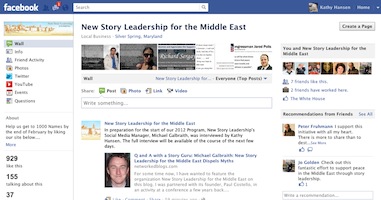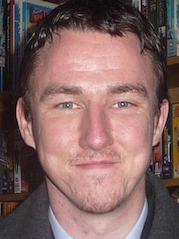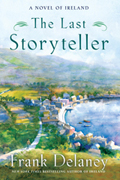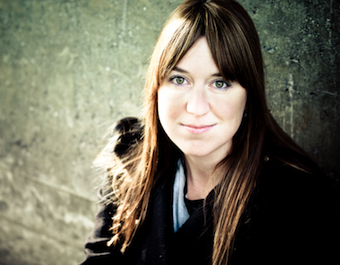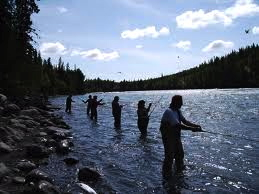See a photo of Michael, his bio, Part 1 of this Q&A, and Part 2.
Q&A with Michael Galbraith, Questions 3 and 4
Q: How important is it to you and your work to function within the framework of a particular definition of “story?” (i.e., What is a story?) What definition do you espouse?
A: In dealing with areas of conflict, the definition of a “story” is difficult
because there is rarely an accepted form of events. Even a simple story, which normally would be readily accepted by everyone, can produce passionate and fierce debate amongst opposing sides in the Middle East. At New Story Leadership for the Middle East, we seek to write a new story of possibility by bringing young Israeli and Palestinian students together. Through living, learning, and working together, these future leaders strive to become a team of compelling witnesses to their newly discovered hope about building a better future. We do not approach the Middle East with bias or partisanship. Our story is the challenging of blind prejudice, the development of friendship and the hope that goes back to the Middle East in these young people.
Q: The storytelling movement seems to be growing explosively. Why now? What is it about this moment in human history and culture that makes storytelling so resonant with so many people right now?
A: I don’t think that there is one reason in particular to explain it because history, culture and storytelling mean different things to different people. However, I do think that the onset of the digital age has helped create an environment for people to explore the world in which they live in. Much can be said for the Internet, both good and bad, but there is no doubt that it has greatly shrunk the world and facilitated the discovery of truth and understanding through storytelling.
I also think that narrative history is winning some new support as a result of a backlash against celebrity culture. People are not willing to accept this new form of role model or entertainment and so are looking to storytelling, narrative history, and other branches like genealogy as a means of breaking free from the monotony of today’s “being famous for being famous” culture. By contrast, storytelling is the ultimate in reality programming, because it is real!

